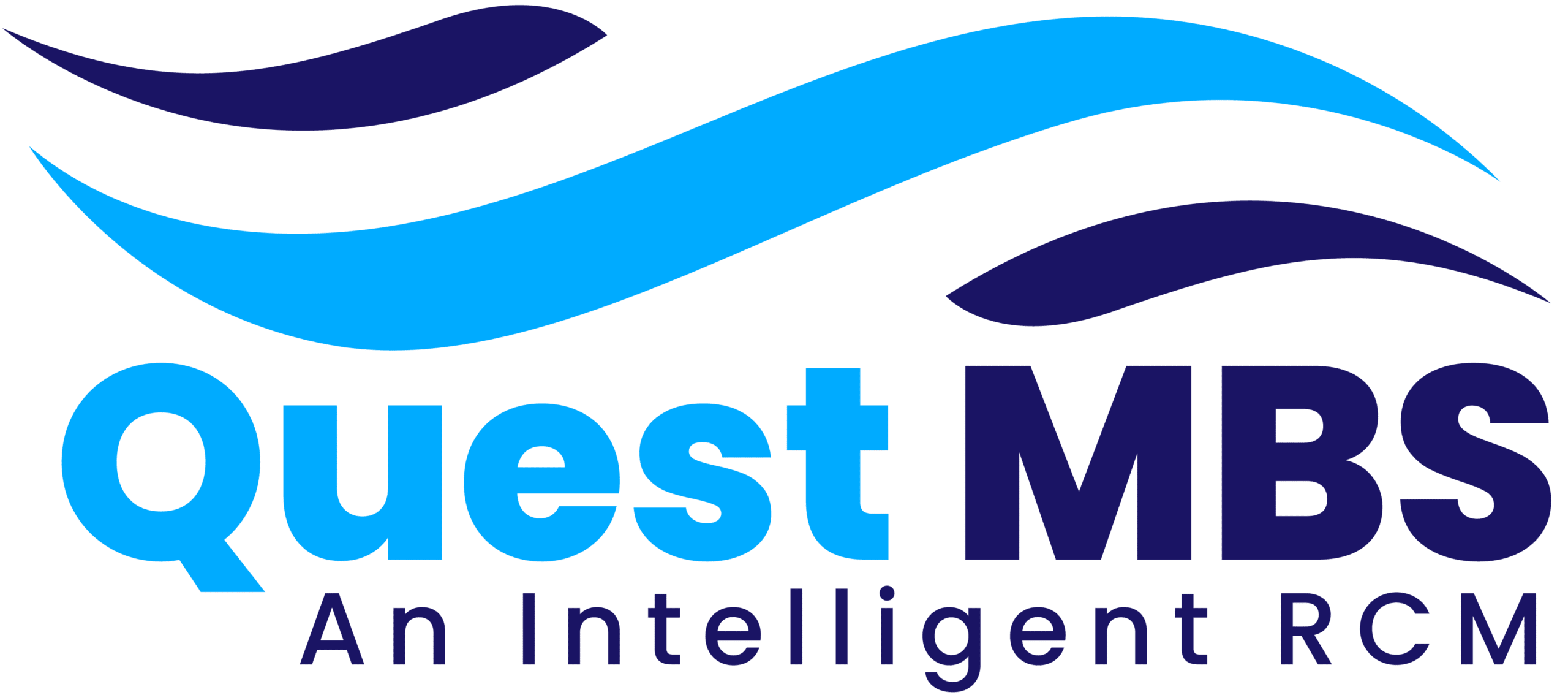Introduction:
Medical necessity is a fundamental concept in healthcare that plays a crucial role in determining which medical services, procedures, and treatments are covered by insurance providers. It ensures that patients receive care that is essential for diagnosing, treating, or preventing a medical condition, rather than services that are elective or unnecessary. Understanding medical necessity is critical for healthcare providers, billing specialists, and patients, as it directly impacts insurance claims, reimbursement, and overall healthcare costs.
This article explores the meaning of medical necessity, its role in billing, how it is determined, common challenges, and best practices for ensuring compliance with medical necessity guidelines.
What is Medical Necessity?
Medical necessity refers to healthcare services that are deemed appropriate, reasonable, and necessary based on clinical standards and patient needs. It ensures that treatments provided to patients are:
- Medically required to diagnose, prevent, or treat an illness, injury, or condition.
- Clinically appropriate based on evidence-based medical guidelines.
- Not primarily for the convenience of the patient or healthcare provider.
- Provided in the most suitable setting, such as inpatient or outpatient care.
Medical necessity is a key requirement for insurance coverage, and failure to meet the criteria may result in denied claims and financial burdens on patients and providers.
The Role of Medical Necessity in Medical Billing:
Medical billing is the process of submitting and following up on claims with health insurance companies to receive reimbursement for services rendered. Medical necessity is a primary factor in determining whether an insurance provider will approve or deny a claim. The role of medical necessity in billing includes:
1. Determining Coverage Eligibility:
Insurance companies review medical necessity to determine whether a procedure, test, or treatment is covered under a patient’s health plan. If a service does not meet the criteria for medical necessity, the insurer may deny the claim, leaving the patient responsible for the cost.
2. Claim Approval and Reimbursement:
Healthcare providers must ensure that the services they offer meet medical necessity requirements before submitting claims. Proper documentation and adherence to medical guidelines help in securing approval and timely reimbursement.
3. Preventing Fraud and Abuse:
Medical necessity helps prevent fraudulent billing practices, such as unnecessary procedures, overutilization of services, or billing for services not provided. Regulatory agencies like Medicare and Medicaid have strict policies to identify and penalize providers involved in fraudulent claims.
4. Reducing Healthcare Costs:
By ensuring that only essential services are billed and reimbursed, medical necessity helps control overall healthcare costs. It discourages unnecessary treatments, tests, and hospitalizations, leading to cost-effective healthcare delivery.
How Medical Necessity is Determined:
Medical necessity is established based on standardized guidelines, clinical evidence, and insurer policies. Several factors contribute to determining medical necessity:
1. Insurance Policies and Guidelines:
Each insurance provider has specific policies outlining what constitutes medical necessity. These guidelines are based on national medical standards and industry best practices. Providers must be familiar with insurance policies to ensure proper claim submission.
2. Diagnosis and Treatment Codes (ICD-10 and CPT Codes):
Medical necessity is often determined by matching diagnosis codes (ICD-10) with procedure codes (CPT or HCPCS). If the diagnosis justifies the procedure or treatment, the claim is more likely to be approved.
3. Medical Records and Documentation:
Accurate and detailed medical records are essential for proving medical necessity. Physicians and healthcare providers must document:
- Patient history and symptoms
- Diagnosis and medical evaluation
- Treatment plan and rationale
- Expected outcomes and medical justification
4. National and Local Coverage Determinations (NCDs and LCDs):
Medicare and Medicaid use National Coverage Determinations (NCDs) and Local Coverage Determinations (LCDs) to define medical necessity for specific services. These guidelines help determine whether a procedure is reasonable and necessary under federal healthcare programs.
5. Medical Review and Utilization Management:
Insurance companies may conduct medical reviews or preauthorization checks to assess whether a service meets medical necessity requirements. Utilization management teams evaluate claims based on clinical guidelines and may request additional documentation before approving payment.
Common Challenges in Proving Medical Necessity:
Despite its importance, proving medical necessity can be challenging for healthcare providers and billing specialists. Some common challenges include:
1. Inadequate Documentation:
Lack of proper documentation is one of the leading reasons for claim denials. Providers must ensure that all medical records support the necessity of the service being billed.
2. Varying Insurance Policies:
Different insurance companies have different criteria for medical necessity. A service deemed necessary by one insurer may be denied by another. Providers must be aware of these variations to avoid claim denials.
3. Coding Errors:
Incorrect ICD-10 or CPT codes can lead to claim rejections or denials. Proper coding practices and regular training for medical coders can help prevent errors.
4. Preauthorization Requirements:
Many insurance plans require preauthorization for certain procedures. Failure to obtain prior approval can result in claim denials, even if the service is medically necessary.
5. Appealing Denied Claims:
When a claim is denied due to a lack of medical necessity, healthcare providers must go through the appeal process, which can be time-consuming and complex. Strong documentation and persistence are required to overturn denials.
Best Practices for Ensuring Compliance with Medical Necessity:
To avoid claim denials and ensure compliance with medical necessity requirements, healthcare providers and billing specialists should follow best practices such as:
1. Comprehensive Documentation:
Ensure that all patient records clearly justify the medical necessity of services. Detailed notes should include symptoms, diagnosis, treatment rationale, and expected benefits.
2. Stay Updated on Insurance Policies:
Regularly review insurance carrier policies, NCDs, and LCDs to understand coverage guidelines and medical necessity requirements.
3. Use Correct Coding Practices:
Train medical coders to use accurate ICD-10 and CPT codes that align with the diagnosis and treatment provided. Regular audits can help detect and correct errors.
4. Obtain Preauthorization When Required:
Check with insurance providers to determine if preauthorization is needed for specific services. Submitting the necessary documents in advance can prevent claim denials.
5. Conduct Internal Audits:
Regular internal audits can help identify compliance gaps and improve billing accuracy. Audits ensure that documentation and coding practices align with medical necessity requirements.
6. Educate Healthcare Staff:
Train physicians, nurses, and billing staff on the importance of medical necessity and proper documentation. Continuous education helps maintain compliance with insurance and regulatory standards.
7. Develop a Strong Appeals Process:
In cases of denied claims, having a structured appeals process in place can increase the chances of claim approval. Submit additional documentation and provide medical justification during the appeal.
Conclusion:
Medical necessity is a critical component of healthcare billing and insurance reimbursement. It ensures that patients receive essential and appropriate care while preventing unnecessary costs and fraudulent claims. Understanding how medical necessity is determined, the challenges involved, and best practices for compliance can help healthcare providers navigate the complex billing landscape more effectively. By maintaining accurate documentation, using correct coding, and staying informed about insurance policies, providers can improve claim approval rates and deliver cost-effective, high-quality patient care.







